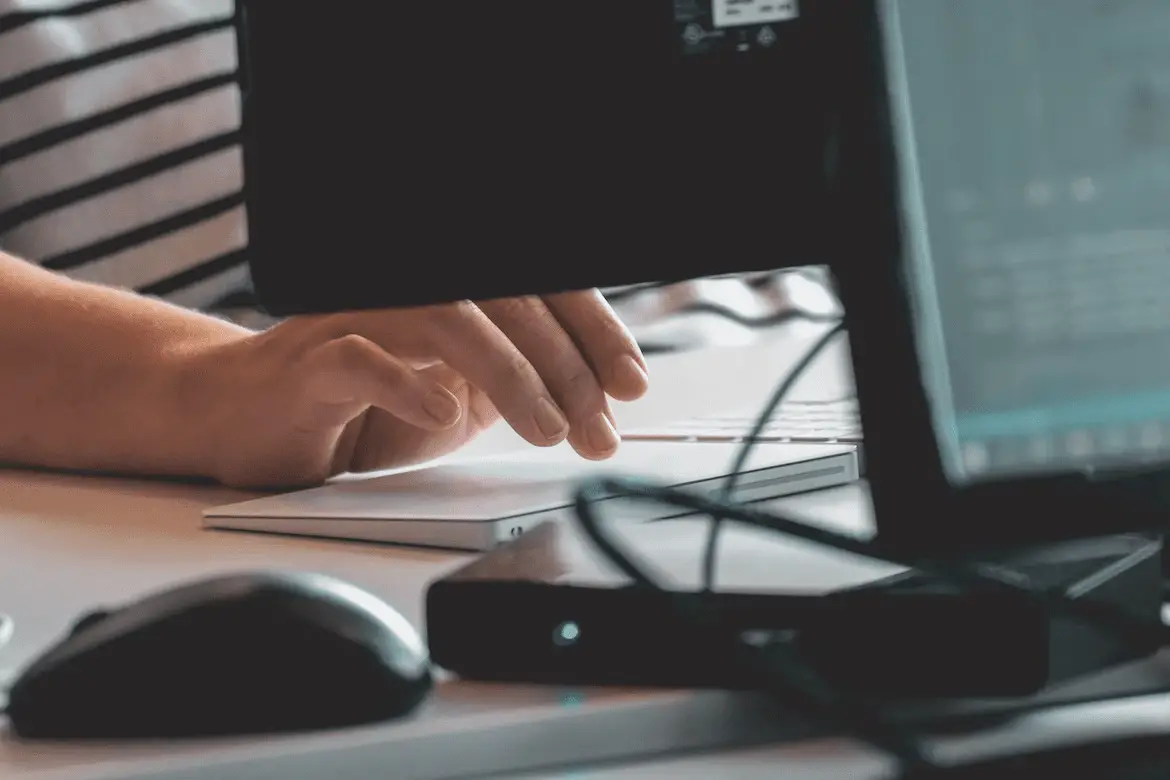

We’ve all been there. We accidentally delete an important file, or our computer crashes and we lose everything. It can be a frustrating and daunting experience, especially if the data is important to our work or personal life. But don’t worry – there are ways to recover your lost data, even if it seems like it’s gone for good! In this blog post, we will discuss six online security tips that will help keep your data safe and help you recover it if necessary. Follow these tips and you’ll be able to breathe a little easier knowing that your data is protected!
1. Use a secure cloud backup service
There are many cloud backup services available, such as Dropbox, Google Drive, and iCloud. These services allow you to store your files online in a secure location. That way, if your computer crashes or is lost, you can still access your data from any internet-connected device. Be sure to choose a service that offers encryption and password protection to keep your data safe from prying eyes. For example, the disaster recovery software from Dbvisit has military-grade encryption and the ability to set up a password-protected recovery portal. This is essential if you want to keep your data safe and secure.
Moreover, you should also remember to regularly download backups of your data from the cloud onto an external hard drive or USB flash drive. That way, if the cloud service is ever hacked or goes down, you will still have a local copy of your data.
2. Encrypt your data
If you are concerned about the security of your data, you can encrypt it using a tool like 7-Zip or VeraCrypt. This will make it difficult for anyone to access your data without the proper password or key. Be sure to choose a strong password that would be difficult for someone to guess, and don’t forget to store a backup of the encryption key in a safe place (such as a secure cloud service).
For instance, if you are using Dropbox, you can enable two-factor authentication to add an extra layer of security. This means that in order to log in to your account, you will need both your password and a code that is generated by a mobile app or sent to your phone via text message.
3. Use a firewall
A firewall can help protect your computer from malicious attacks. It acts as a barrier between your computer and the internet and can be configured to block incoming connections from known malicious IP addresses. Be sure to keep your firewall enabled and up-to-date to maximize its effectiveness.
In addition, you can use a software firewall such as Little Snitch or Hands Off! to monitor and control incoming and outgoing connections on your computer. This can be helpful in identifying malicious activity and blocking it before it can do any damage.
4. Use anti-virus software

Anti-virus software helps protect your computer from malware, which is software designed to harm your computer or steal your data. Be sure to install an anti-virus program on your computer, and keep it up-to-date with the latest virus definitions.
When you are browsing the internet, be sure to only download files from trusted sources. And if you receive an email with an attachment from someone you don’t know, be sure to scan the file with your anti-virus software before opening it.
5. Keep your software up-to-date
One of the most important things you can do to protect your computer is to keep your software up-to-date. This includes both your operating system and any applications you have installed. When software developers find security vulnerabilities, they will release updates that patch those holes. A good idea is to set your computer to install updates automatically so you don’t have to remember to do it yourself. And be sure to install updates as soon as they are available – don’t wait! In some cases, malicious actors will find out about security vulnerabilities before the updates are released and will attempt to exploit them. So it’s important to install updates as soon as they are available to keep your computer safe.
6. Use strong passwords
A strong password is one that would be difficult for someone to guess. It should be a mix of upper and lowercase letters, numbers, and symbols. Avoid using easily guessed words like “password” or your birthdate. It’s also a good idea to use a different password for each account you have. That way, if one of your passwords is compromised, your other accounts will still be safe.
Following these tips can help you keep your data safe and secure. And if you do ever lose access to your data, there are still ways to recover it. Be sure to choose a reputable data recovery service that offers encryption and password protection to keep your data safe. In this way, you can be sure that your data is in good hands and will be recovered as soon as possible.